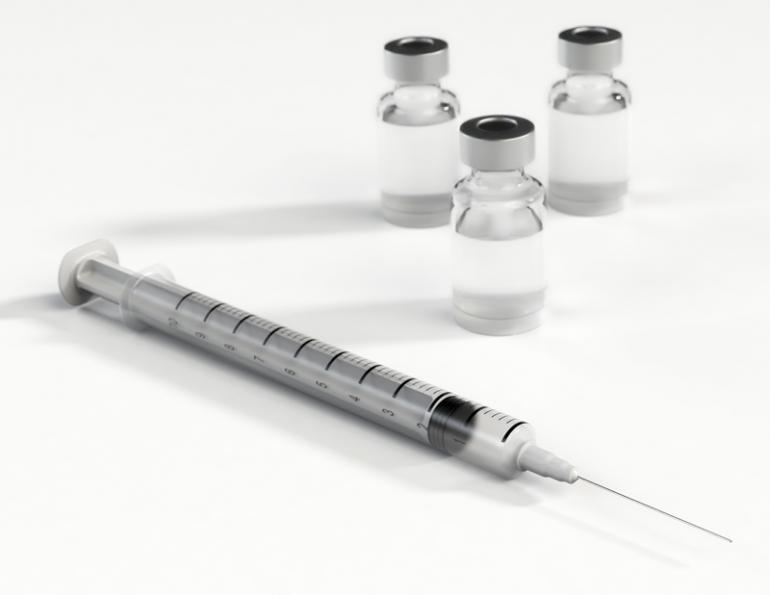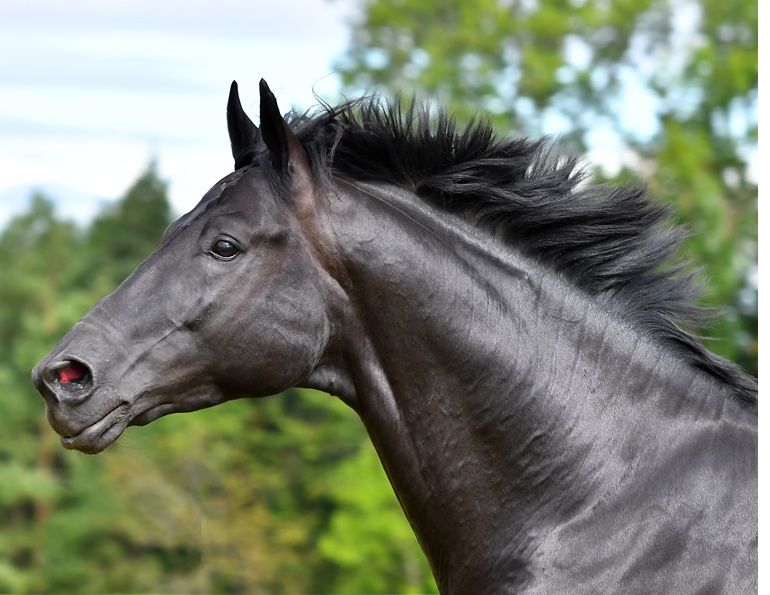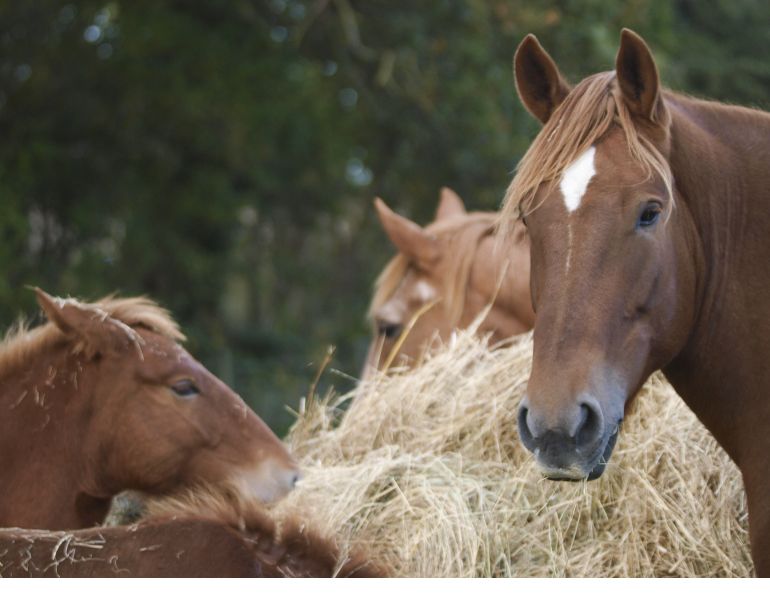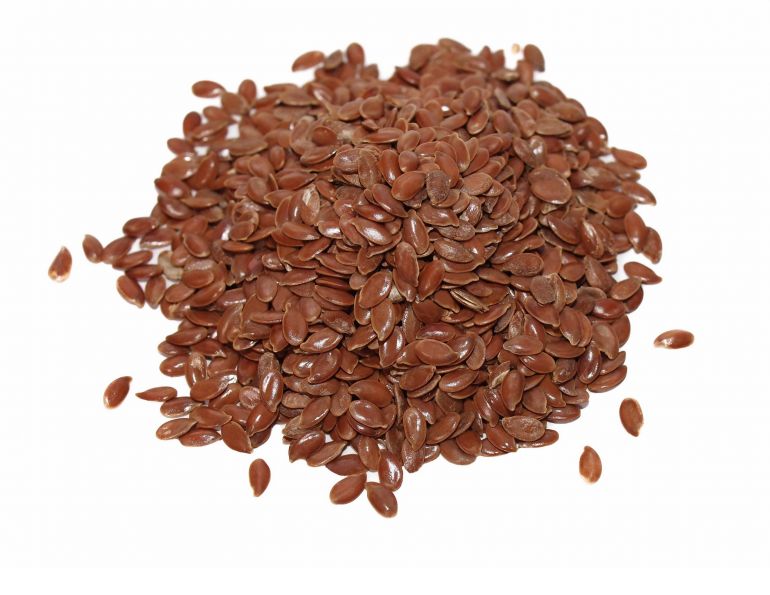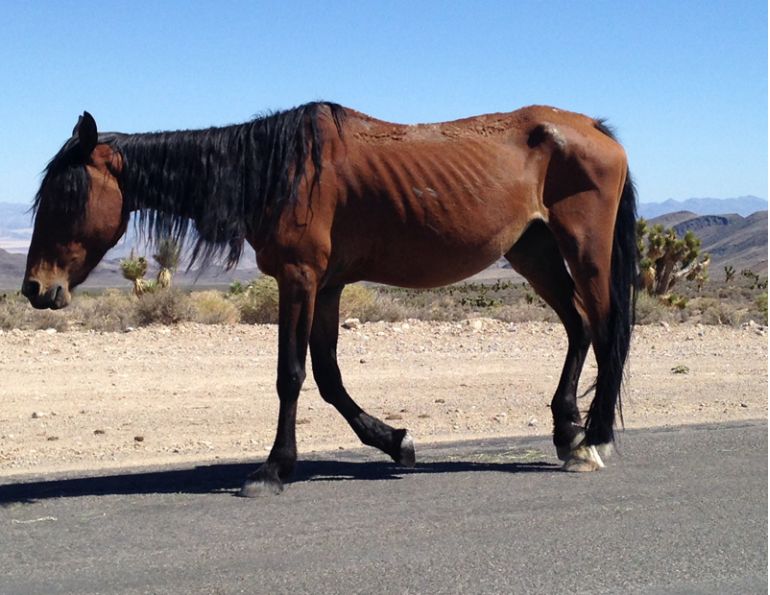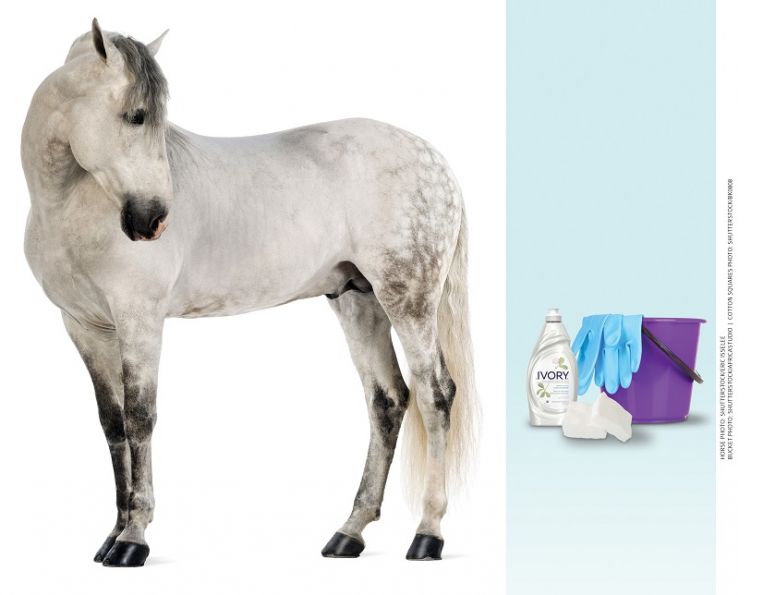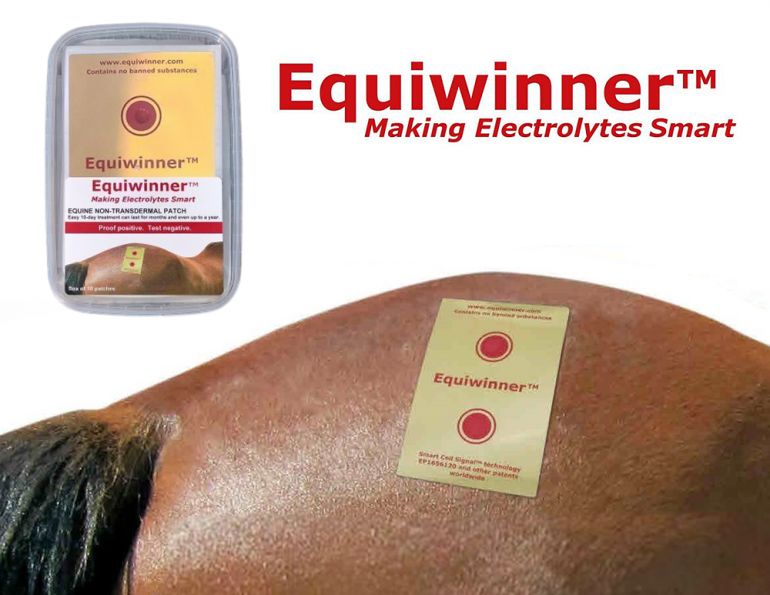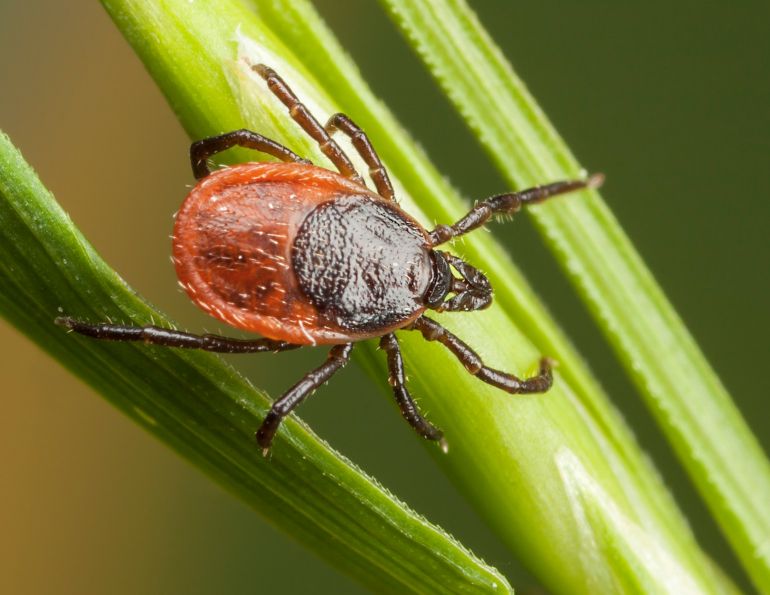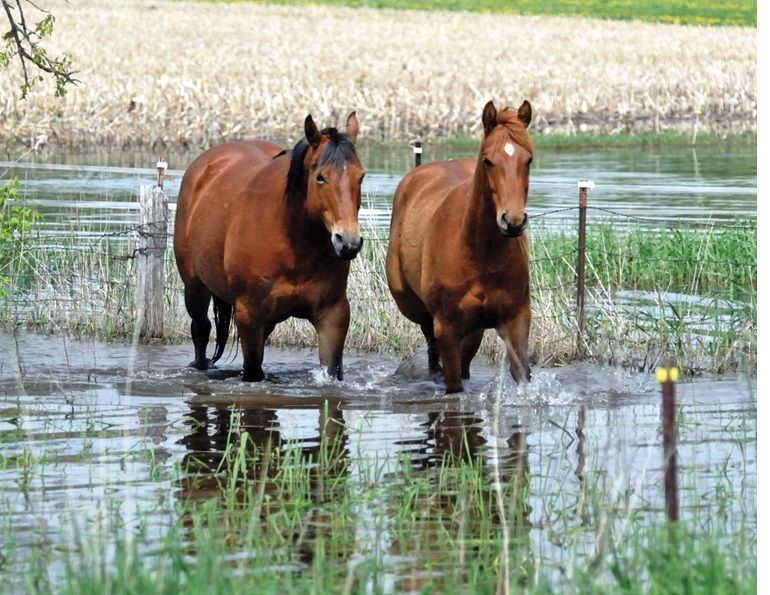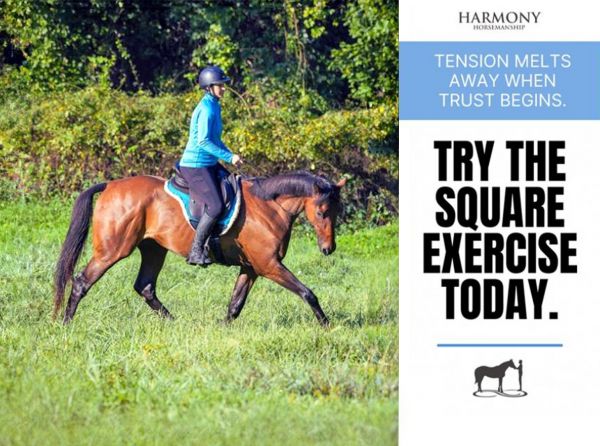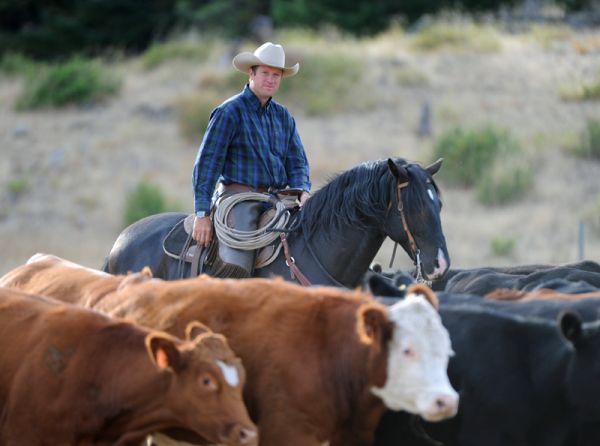By Dr. Mike Lindinger and Gayle Ecker, Equine Guelph
With exercise, the body temperature rises. This heat must be dissipated, or the horse will literally “cook”! The body cools itself through the evaporation of sweat, so sweating is especially important for the exercising horse. The sweat contains water and electrolytes, or salts. The main electrolytes are sodium, chloride, potassium, calcium, and magnesium. When the body loses water and electrolytes, various functions are compromised, and the health of the horse can be at risk. To ensure that your horse remains healthy, learn to effectively replace both the water and electrolytes — and the electrolytes must be replaced in balance with what has been lost.
Note: While this article focuses on exercising horses, it is important to realize that heat stress from confinement in a horse trailer for hours can result in profuse sweat losses due to hyperthermia (abnormally high body temperature) and anxiety.
Replacing the Losses
For sedentary horses or horses undergoing low-level or short-term work, salt losses through sweat can generally be readily replenished by a good quality diet and provision of loose salt in a bucket or added to the feed if necessary. However, horses in training (and therefore sweating) several days a week, and regularly involved in intense or prolonged activity during competition, may become chronically deficient in electrolytes, because there may not be enough in the feed to replace those losses. Horses involved in long-term, higher-intensity work may lose electrolytes at a rapid rate (10 to 15 litres of sweat per hour) and the sudden decrease in electrolytes can cause muscle problems and heat stress injuries.
Related: Survival in the Back Country: Be Prepared
How Do You Help Your Horse?
When you help your horse by minimizing water and electrolyte losses, or quickly replace the losses, you will be helping your horse maintain optimal health and optimal performance. Remember that you can always slow down. Fast speed is the main way to lose lots of water and electrolytes, and risk heat stress in your horse. Learning to effectively cool out your horse at rest stops is also paramount to prevent heat stress and lower sweat losses.
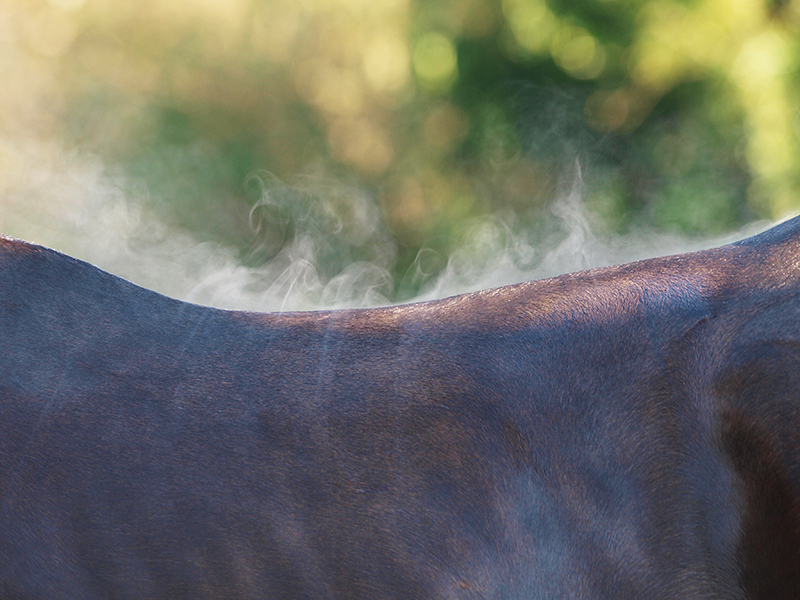
Sweat evaporates from a hot horse after exercise. Photo: iStock/NigelB10
Before you start through all the electrolyte information though, make sure that you have your horse on a proper optimal diet. Then make sure that you have trained your horse to the level needed for the event and the terrain. Training must incorporate a strategy for electrolyte supplementation before, possibly during, and after exercise or transport. You cannot make up for poor preparation with extra electrolytes.
Related: 10 Hot Tips for Keeping Your Horse Cool
The ways in which chronic and acute losses of electrolytes and fluids may be minimized or eliminated are presented briefly here:
1. During the week, make sure the horse has a high-quality diet and add electrolytes to wetted feeds only if the horse has been working at intensities and durations causing moderate to high sweat losses. Lower losses are easily replenished by normal amounts of electrolytes in the feed and good quality hay. Always make sure that the horse has access to a clean salt block. It may be advisable to break the block up into smaller pieces and place these in the grain bin during the summer to increase salt intake. For many horses, the salt block will not give them enough salt. For these horses, place a small container fixed to the wall in the stall to hold free-running salt. Make sure fresh water is always available.
2. One to two hours before the event or before a long trailer ride, it may be beneficial to give the horse an oral dose of electrolytes to build up a reservoir in the gut — but adequate amounts of water must be provided with oral electrolyte administration. Do not give electrolytes to a horse that is already dehydrated. A high concentration in the gut may actually pull water from the blood, increasing the dehydration of the body. Attempt to give at least one gallon of water before or immediately after the dose or give the dose in the water if the horse will drink it. Feeding wet hay and/or soaked beet pulp four to five hours before the event may also increase the water in the gut, which would be available to the horse when dehydration develops.

Photo: iStock/Jacqueline Nix
3. Do use electrolyte preparations with glucose (dextrose) as this promotes sodium and water absorption in the gut. However, high-sugar supplements can cause a surge of glucose (blood glucose) in the bloodstream, which in turn causes a release of insulin. The insulin causes an uptake of glucose from the blood and could cause the horse to become hypoglycemic (“sugar crash”) while exercising. Also, avoid high-fat supplements as this may slow down the absorption of electrolytes in the gut. Fat supplements are beneficial during training as part of the diet but should not be used during rest breaks.
4. Supplement water and electrolytes one to two hours before, as well as early in, an endurance ride or when you know the horse will be needing electrolytes. You may increase the blood sodium level and the horse may start drinking sooner as a result. If the weather is hot, don’t wait until the horse shows signs of dehydration before administering electrolytes. If you wait until the horse “looks” like it needs electrolytes, it will have some level of dehydration by that time and less blood is available to the gut for normal function. Also, if an electrolyte mix is given without an adequate amount of water, the high concentration of ions may actually pull water into the gut, and this takes more water out of the blood, further dehydrating the horse.
5. For endurance horses, do not use an electrolyte supplement containing bicarbonate. Generally, due to the sweat loss, the horse is already alkalotic (imbalanced pH), and the bicarbonate would increase this.
6. Once the event is over, do not stop giving water with balanced electrolytes. The horse may still be sweating for some time after the event to reduce body temperature. It may be more important to get the electrolytes into the horse after the event, and before the horse starts eating dry feeds and hay. If the horse consumes water only, this will actually dilute the blood, causing urination, furthering water and electrolyte losses through the kidneys and lowering the blood electrolyte concentrations. If the horse is already dehydrated and low in potassium due to sweat losses, then this condition can be worsened by feeding the horse large amounts of dry hay. The hay requires a lot of water for digestive enzymes and will pull water and potassium into the gut, worsening the effects of dehydration. Allow the horse to drink water with electrolytes until satisfied before providing hay and feed, i.e., replace fluids and electrolytes first, then provide the feed, when possible.
Related: 9 Horse Grooming Tips for Health and Safety
7. Ensure that you are helping the horse to cool itself. The blood flow is shunted away from the gut to the muscles and skin when the horse is overheated in order to assist with heat loss through sweating. Learn to monitor the rectal temperature of the horse and observe the vasodilation of the skin to ensure the horse is cooling out. Once the horse is cooled out, there will be more blood available to establish normal blood flow to the gut. The intake of electrolytes assists in the restoration of cell and plasma volume, and this aids in cooling and reduces the work of the heart by keeping blood volume high. Using cool and cold water has been shown to safely and effectively cool hot/warm horses.

Help the horse cool off safely using cool and cold water. Photo: iStock/Nikita Filappov
8. Ask your veterinarian to teach you to perform skin pinch, capillary and jugular refill, and mucous membrane testing as well as listening for gut sounds. Monitor the clinical parameters yourself to help determine if electrolyte solutions are necessary. These will help you to determine if the horse needs more electrolytes and fluid. If these parameters are not showing an improvement about half an hour after the horse has had fluid and electrolytes, then a second dose of electrolytes may be necessary as long as the horse has had a good drink of water. If the horse is not drinking, consult the ride veterinarian. They may help you administer small amounts of electrolytes frequently to help encourage the horse to start drinking.
Related: Heat Stress - Keeping Your Dogs Safe
9. Encourage higher fluid intake by making up a “slush” or sloppy mash of the feed mixed in with lots of water, and perhaps pieces of apples and carrots. You may want to experiment with different flavours such as apple or orange to see if the horse likes it.
Frequent small doses of supplements are preferable to one or two large doses. Ensure the horse has access to water and possibly some electrolytes at least every two hours. The electrolyte powder can be mixed up with water and some apple sauce and squirted into the horse’s mouth (open the side of the lip and squirt it to the back of the mouth with the head held up) using a 60cc syringe with the nib cut off. (Tip: 35mm film canisters make an easy way of measuring and carrying electrolytes as they hold one ounce or approximately 30 grams.) Or mix the electrolytes into a sloppy mash to feed the horse. If a slurry or mash high in electrolytes is used, ensure that the horse consumes as much water as possible with the slurry and always has water available.
10. If your horse refuses to drink even though you have given it lots of time, you might try putting a tablespoon of salt onto the tongue or into the lip of the horse. The salty taste sometimes causes the horse to start drinking. You will want to consult with the ride veterinarian to make sure that your horse is okay and not at risk of a health problem. Ideally, you want to train your horse to drink water with a balanced electrolyte supplement as part of your training strategy. If you are new to events that might require supplementation of electrolytes, discuss the needs with a knowledgeable veterinarian and with other riders who have been competing successfully. Their routines will not be exactly what your horse needs, but will give you a place to start and, by trial and error, you will learn to adjust the dosages to suit the needs of your horse.
Related: Horse Safety During Hot Weather
Related: Developing the Sport Horse: The Importance of Hydration
Thanks to our friends at Equine Guelph for the use of this article and links to dehydration videos.
Main Photo: Shutterstock/Henk Osigna




